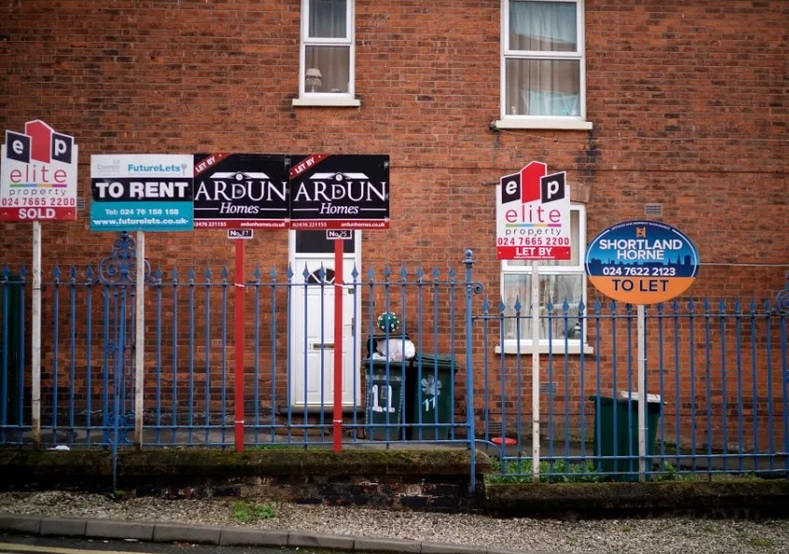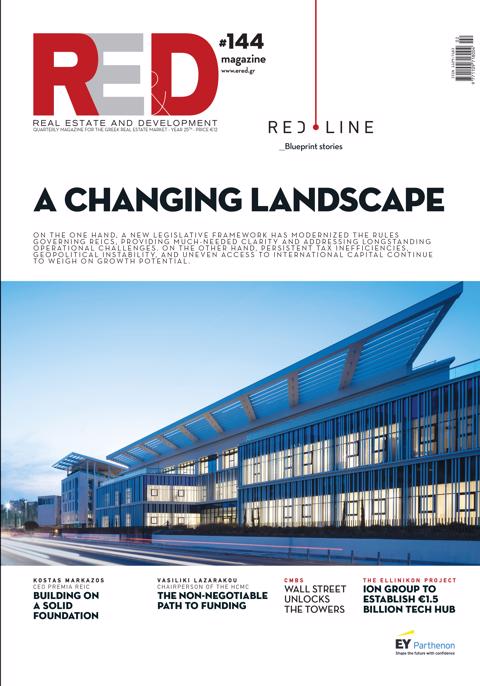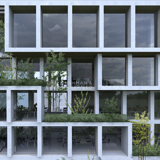At the same time, according to the analysis, the housing markets in Northern England and Scotland are experiencing strong growth.
By 2030, home prices in Northwest England are projected to rise by nearly 30%, narrowing the “gap” with the national average to 15%, down from almost 30% in 2020. In contrast, London prices are expected to increase by only 13.6%, remaining 33% higher than the national average—a sharp drop from the 70% premium recorded in 2017.
“Since 2016, the more affordable regions of the North and Scotland have outperformed the UK average, while the growth potential in London and the South is now limited,”
said Dan Hill, analyst at Savills. “Unless there is a broad market correction, this trend is expected to continue over the next five years,” he added.
Savills forecasts zero price growth in London for 2026, with the capital’s housing market expected to underperform the rest of the country through 2030.
Demand for homes in London remains stable but not strong enough to drive prices upward. The removal of stamp duty reliefs has worsened conditions for first-time buyers, pushing many to look for more affordable options in cities such as Manchester and Newcastle, where rental yields are higher.
Data from the UK Office for National Statistics (ONS) shows that the housing affordability ratio in England exceeded 30% in 2024, largely due to high London prices. Nearly one in two Londoners aged 25–45 now say they are ready to leave the city because of the excessive cost of housing.
“The pressures faced not only by younger but also by middle-aged Londoners have intensified significantly over the past two years,” noted Paul Rickard, CEO of Pocket Living.
Meanwhile, the stock of homes available for sale has risen by around 20% compared with last year, according to Rightmove, turning the London property market into a buyer’s market and exerting further downward pressure on prices.















